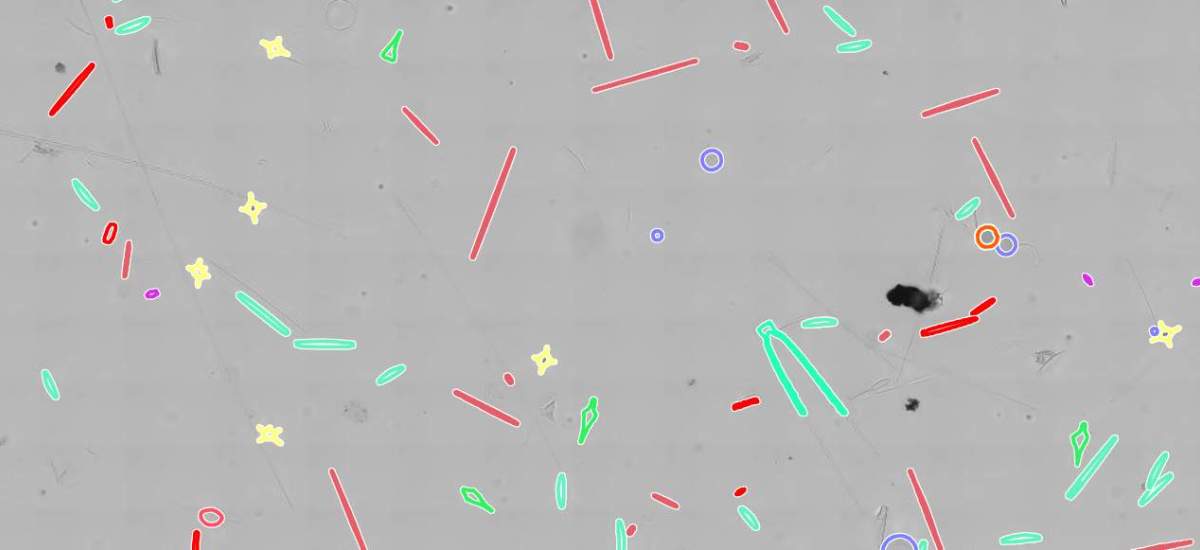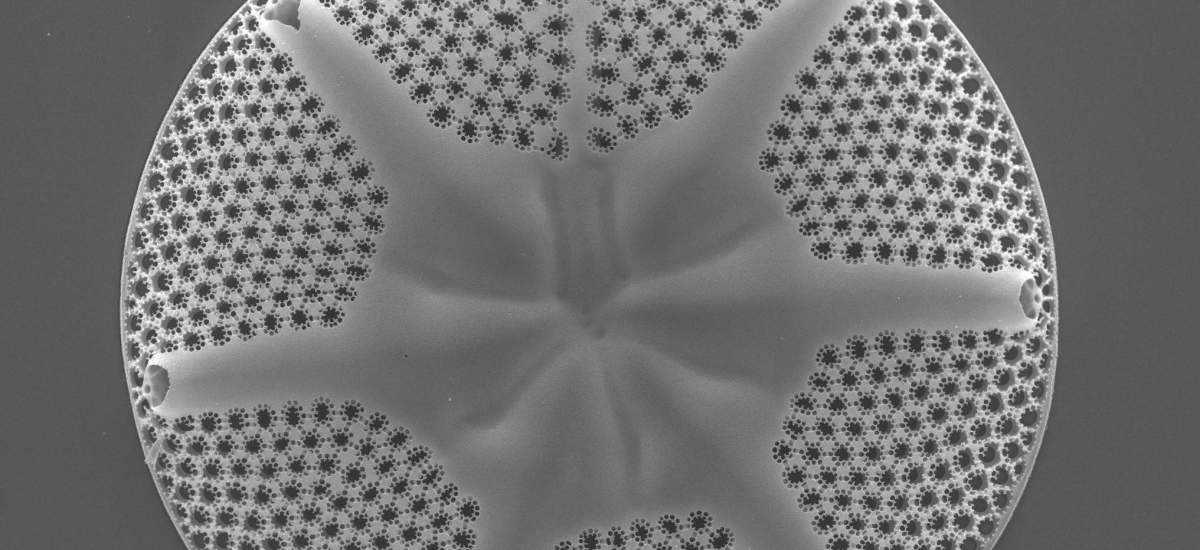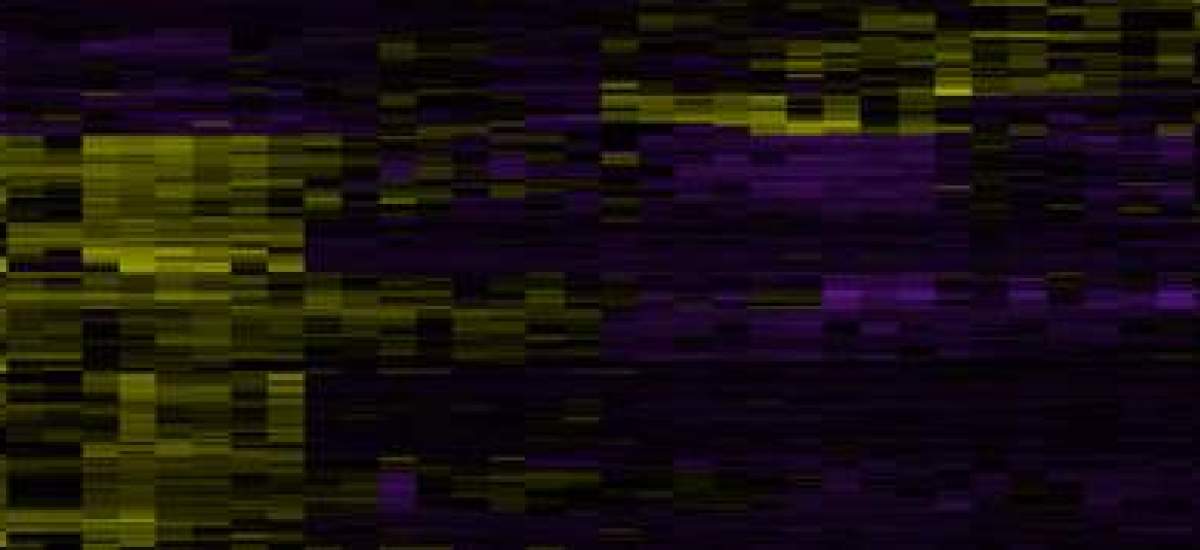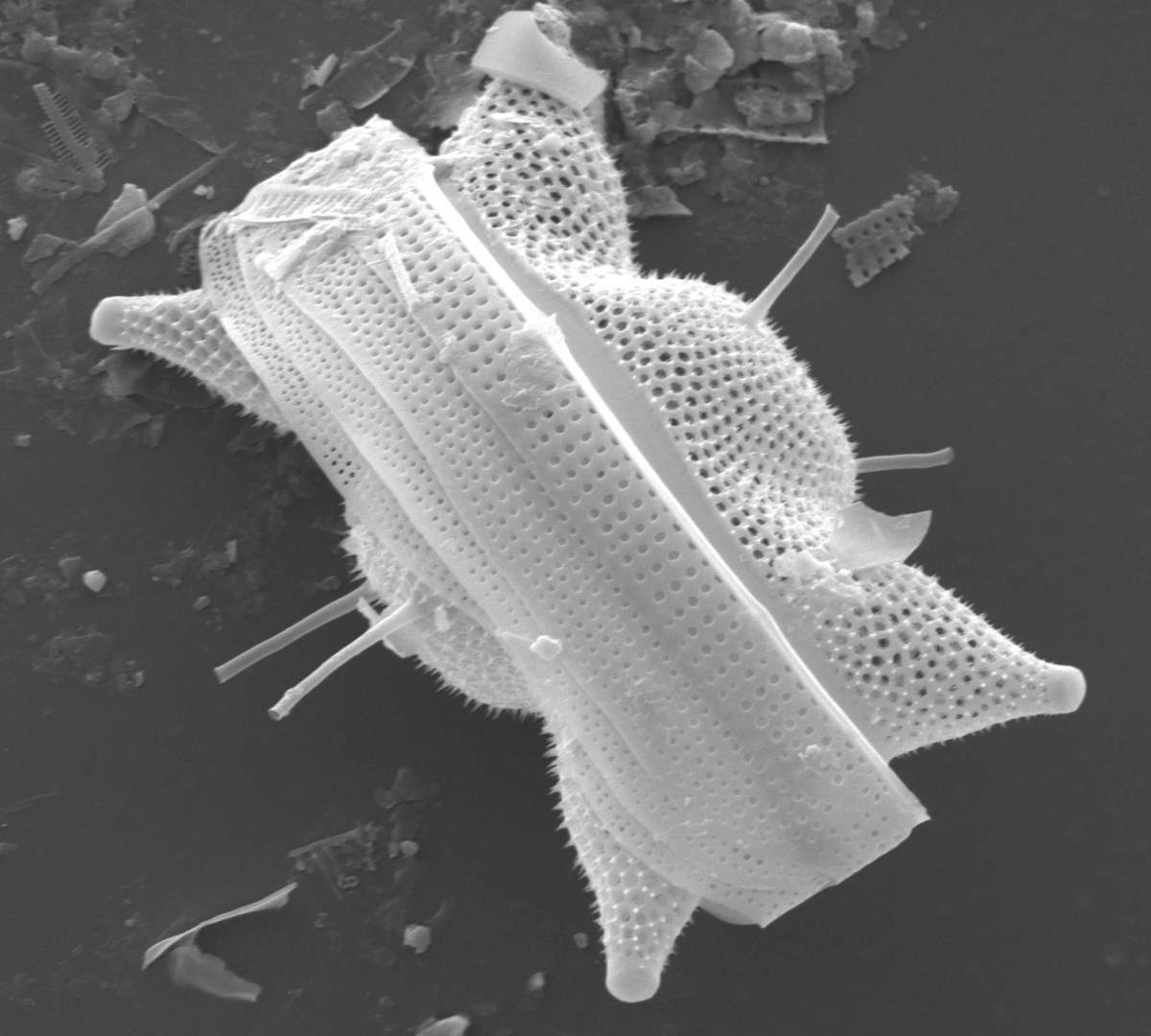Phycology
News
Now new: some really beautiful diatom preparations in UDE BioSLiDES.
ExStream 2023: Field work is completed.
See this "NEWS AND VIEWS" by Jean-David Grattepanche entitled "Ongoing speciation within the diatom Fragilariopsis kerguelensis in the Southern Ocean?" in Molecular Ecology introducing Ute's recent paper!
Andrea and Michael recently introduced our digital diatom analysis methods in the frame of the Diatom Web Academy , an initiative of the Diatoms of North America - in case you missed it, you can see the recording! Thanks to the organizers for the possibility, and for keeping this great series rolling!
We just published a paper on "Deep-learning based diatom taxonomy on virtual slides", our most current take on digital (light microscopic) diatom analysis.
Our paper on ecogeographical divergence in Fragilariopsis kerguelensis, a Southern Ocean diatom, is out!
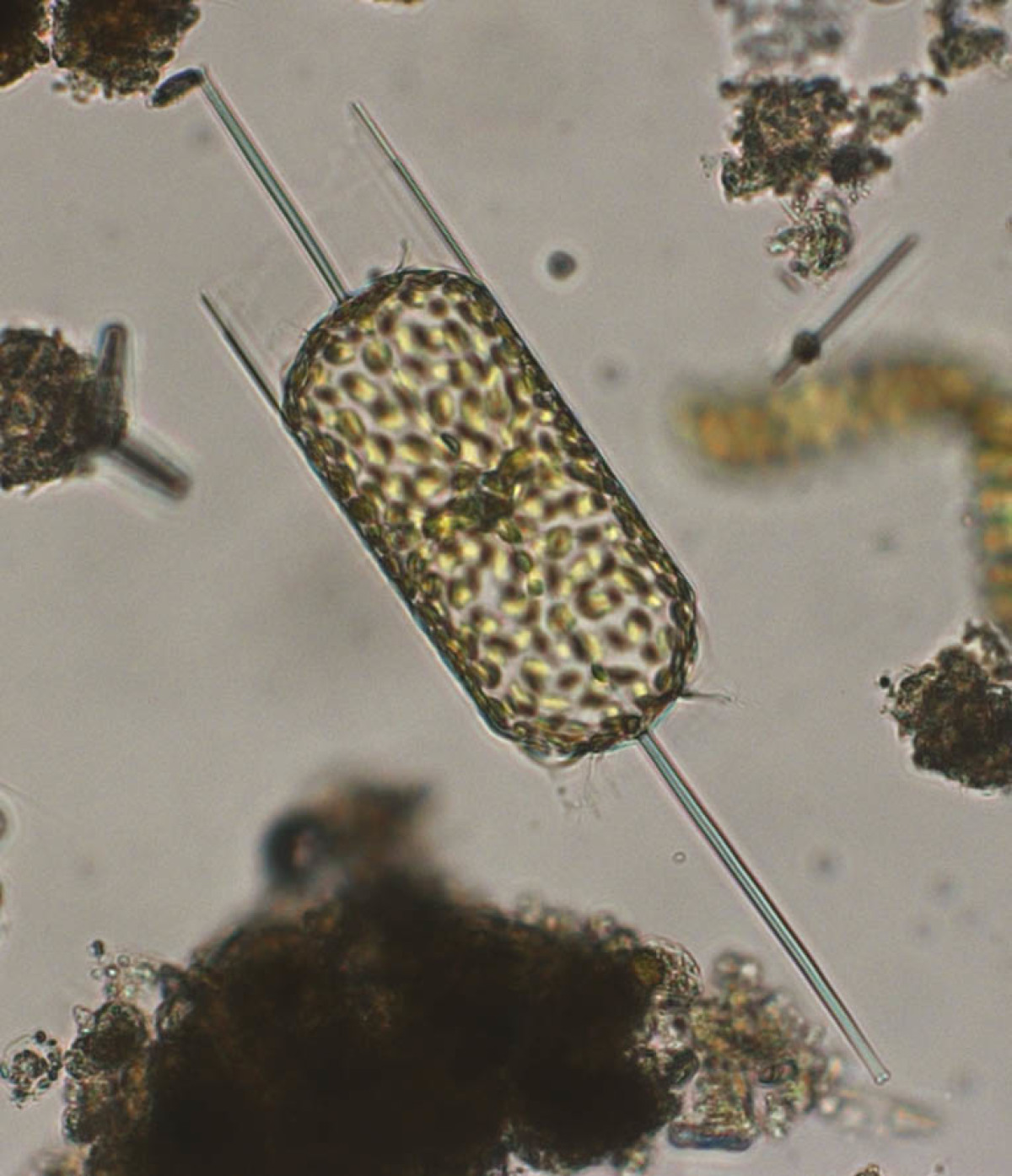
Phycology
Phycology is the study of algae, diverse eukaryotes capable of oxygenic photosynthesis apart from plants. Our working group moved to the University of Duisburg-Essen in 2019. Previously we worked in Bremerhaven at the Alfred Wegener Institute Helmholtz Centre for Polar and Marine Research in and with the Hustedt Diatom Study Centre .
Ou main research interests in the last years included biogeography, morphometrics and image analyses, taxonomy and evolutionary genomics of Southern Ocean diatoms. Besides, we developed innovative methods für digital light microscopic diatom analysis which we applied in different contexts and are still developing further. One fruit of these developments was the software tool SHERPA, a dedicated diatom light microscopic image analysis tool which is publicly available for everyone interested.
Our organismsDiatoms
Our main organisms of interest are diatoms, single-celled or colonial microalgae with characteristic bipartite silicate shells. These organisms contribute on the order of magnitude of 20 % to global primary productivity and in a similar proportion to oxygen production. With over ten thousand species described, they are one of the most speciose algal groups, although it is belived that much of their diversity is still undescribed. Due to their finely patterned silica shells, diatom taxa can more often or more precisely identified based on morphology alone than is the case in many other algal groups. For this reason, but also for some others, like the ease of sampling and preparation of their samples and because they respond sensitively to environmental changes, diatoms are commonly used indicator organisms in paleo-limnology and paleoceanography, as well as in ecological status assessment. At the University of Duisburg-Essen, besides continuing some of our Southern Ocean research started in the past, we are interested in exploring related questions in (for us) novel habitat types, for instance diatom ecology and microevolution in environments under strong anthropogenic effects like the Ruhr metropolitan area.


